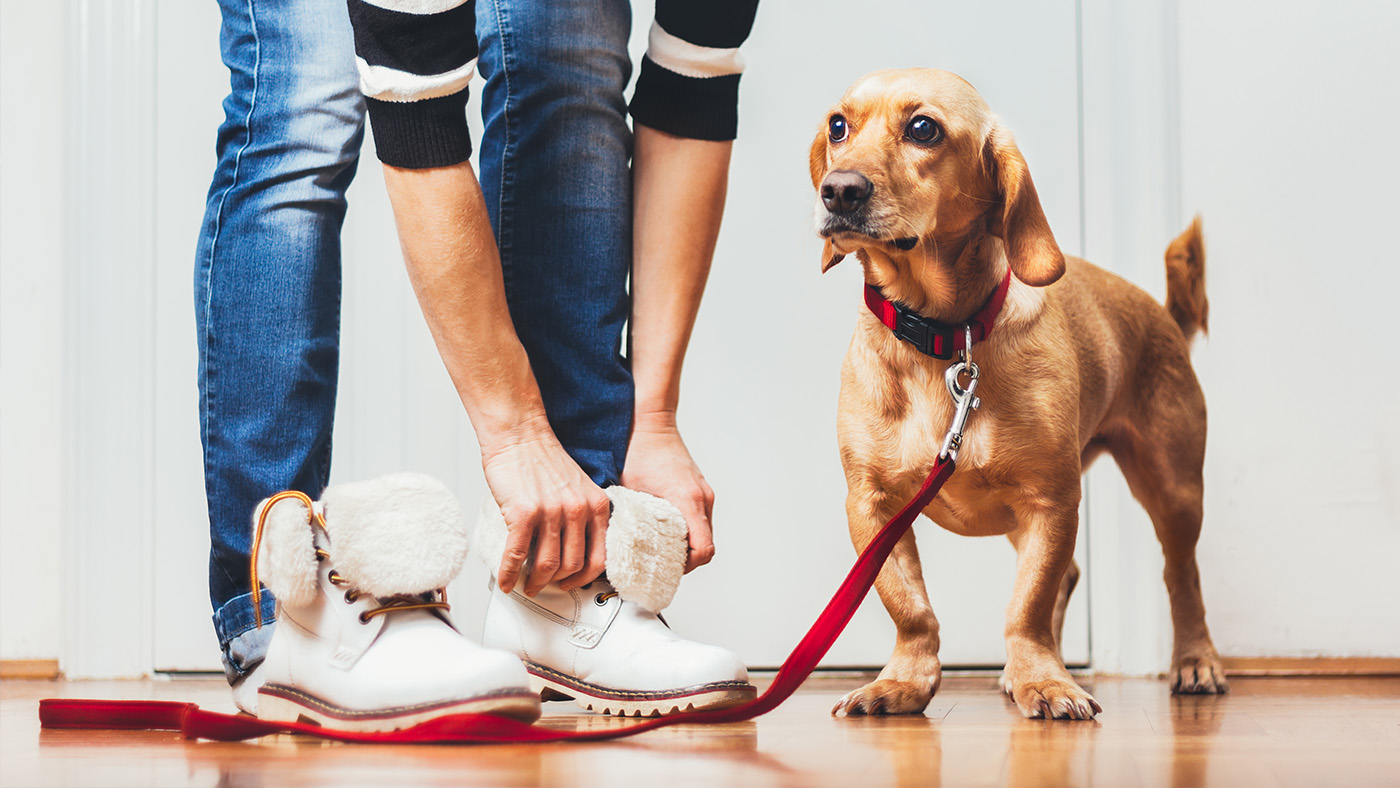11 ways to attract more birds to your garden (and help nature thrive)
Fancy waking up to a dawn chorus, or enjoy watching the birds at the feeder? Find out how to encourage birds to visit your garden
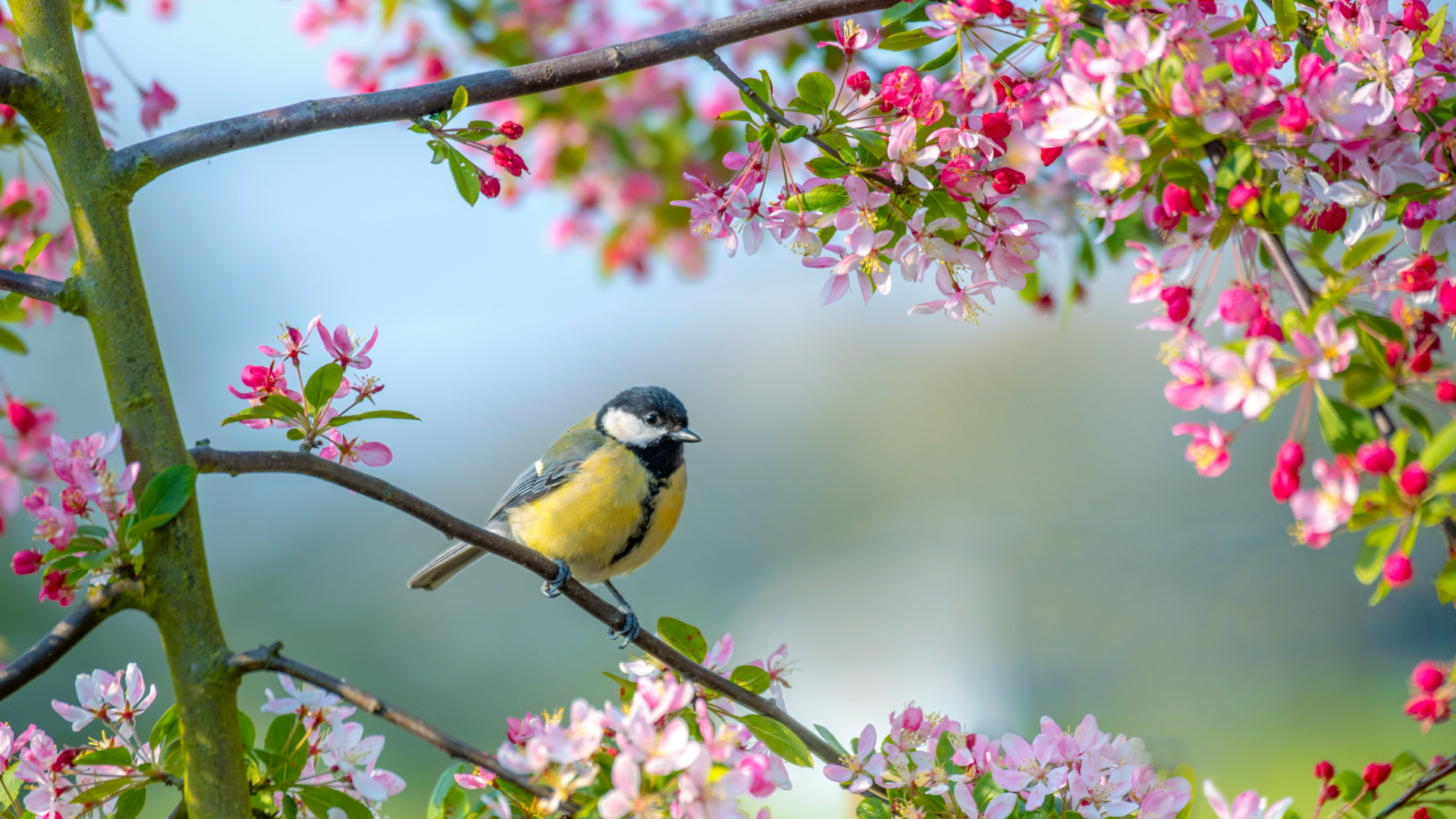
I don’t know about you, but when I wake up to birdsong I always feel like it’s going to be a good day.
There’s something so spring-like about hearing the birds singing in the garden, and I love watching them squabble over the best bird food at the birdfeeder, too. I’m not alone – more than 610,000 people in the UK joined in with the Big Garden Birdwatch in 2024!
Not only have I enjoyed watching and feeding birds in the garden, but I’ve also treated wild birds in my job as a vet. People regularly find injured wild birds and we always do our best to treat them and return them to the wild – although, unfortunately, it’s often not ethical to keep wild birds captive for long enough for severe injuries to heal.
Nevertheless, I bet there isn’t a vet in the country who hasn’t tried hand-rearing younglings or carefully done their best to assess teeny tiny limbs to check for breaks – it comes with the territory. And it’s nice to do what we can – with the Living Planet report showing that wildlife populations have declined 73% since 1970, doing something to help can feel empowering.
So, let’s take a look at how to attract more birds to your garden so you can do your bit for nature too!
How to attract more birds into your garden this spring
1. Feed them consistently
Once you start feeding birds at home, it’s important to continue consistently. Birds can quickly come to depend on a food source, and the last thing you want is for them to expend energy getting to your garden to find their feeder is empty.
It won’t take them long to stop coming to your garden if that’s the case – we’re still recovering from temporarily running out of food a year ago! Make sure you keep enough bird food in stock to refill it each day.
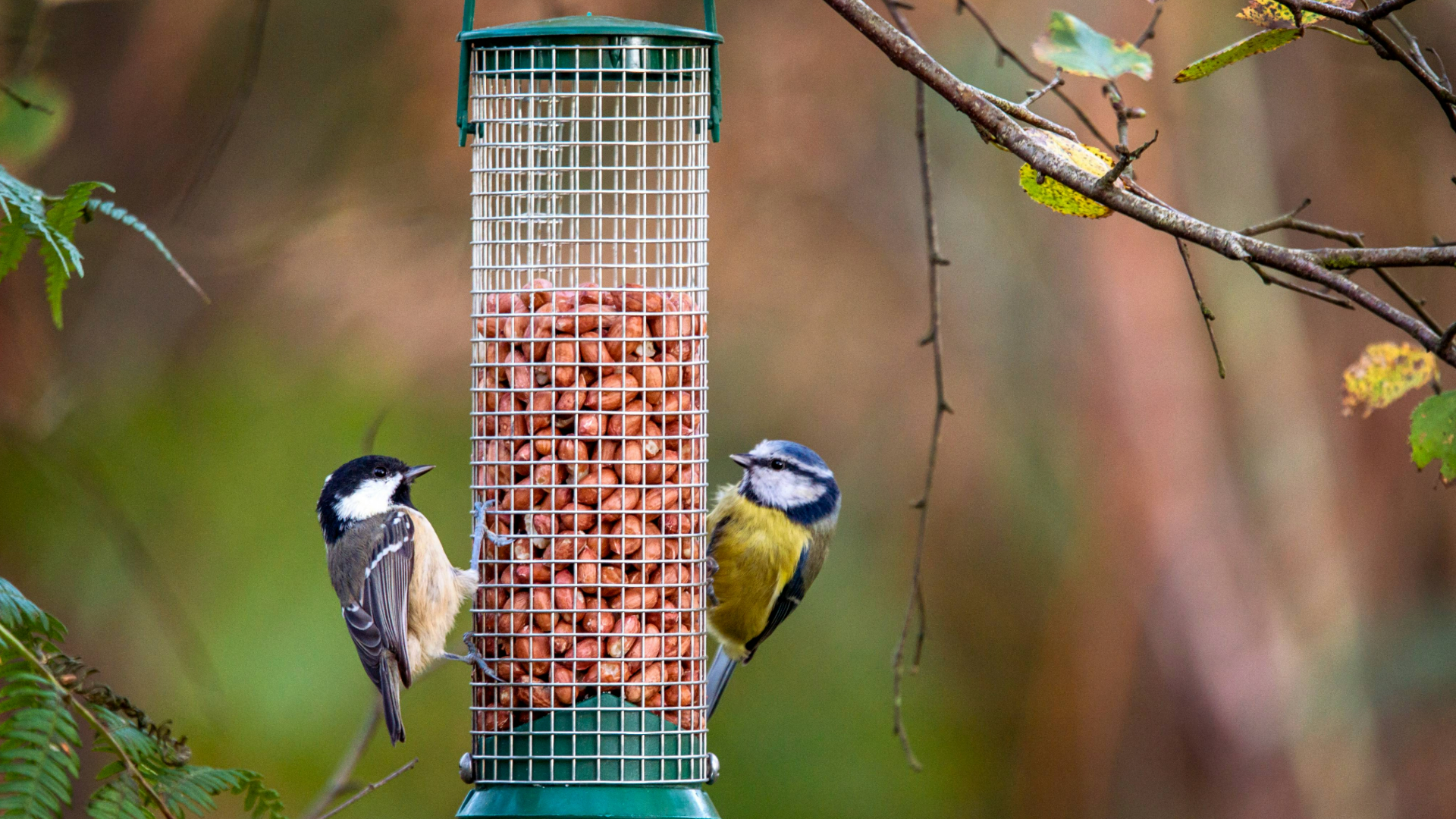
2. Provide a range of food and feeder types
Different birds like different food, and different feeders too. Some birds prefer to eat from the ground, or a bird table. Others can perch, while others can eat on-the-wing. Some prefer sunflower seeds, while others prefer the tiny Nyger seeds.
By providing a range of foods and feeder types, you’ll attract more varieties of birds to your garden. If you're running low on supplies, you might also want to read our guide on what to feed birds from the kitchen.
3. Spread feeders around
Those stakes or stands with several hooks for hanging feeders off are not very good for birds. They might make it easier for you to refill the feeders, but it’s all too easy for one or two ‘bully birds’ to hoard the food and scare other birds away.
Spreading the feeders around prevents this, and they’ll also be in more different environments, appealing to more species.
You might find these clever ways to hang a bird feeder helpful.
4. Keep food mold-free and clean feeders regularly
Nothing decimates your wild bird population like toxic food or a horrible disease caught at the bird feeder.
If you want to keep your wild birds coming to visit, you’ll need to keep them healthy, and that means regularly cleaning the best bird feeders and changing old food for fresh food to avoid mold.
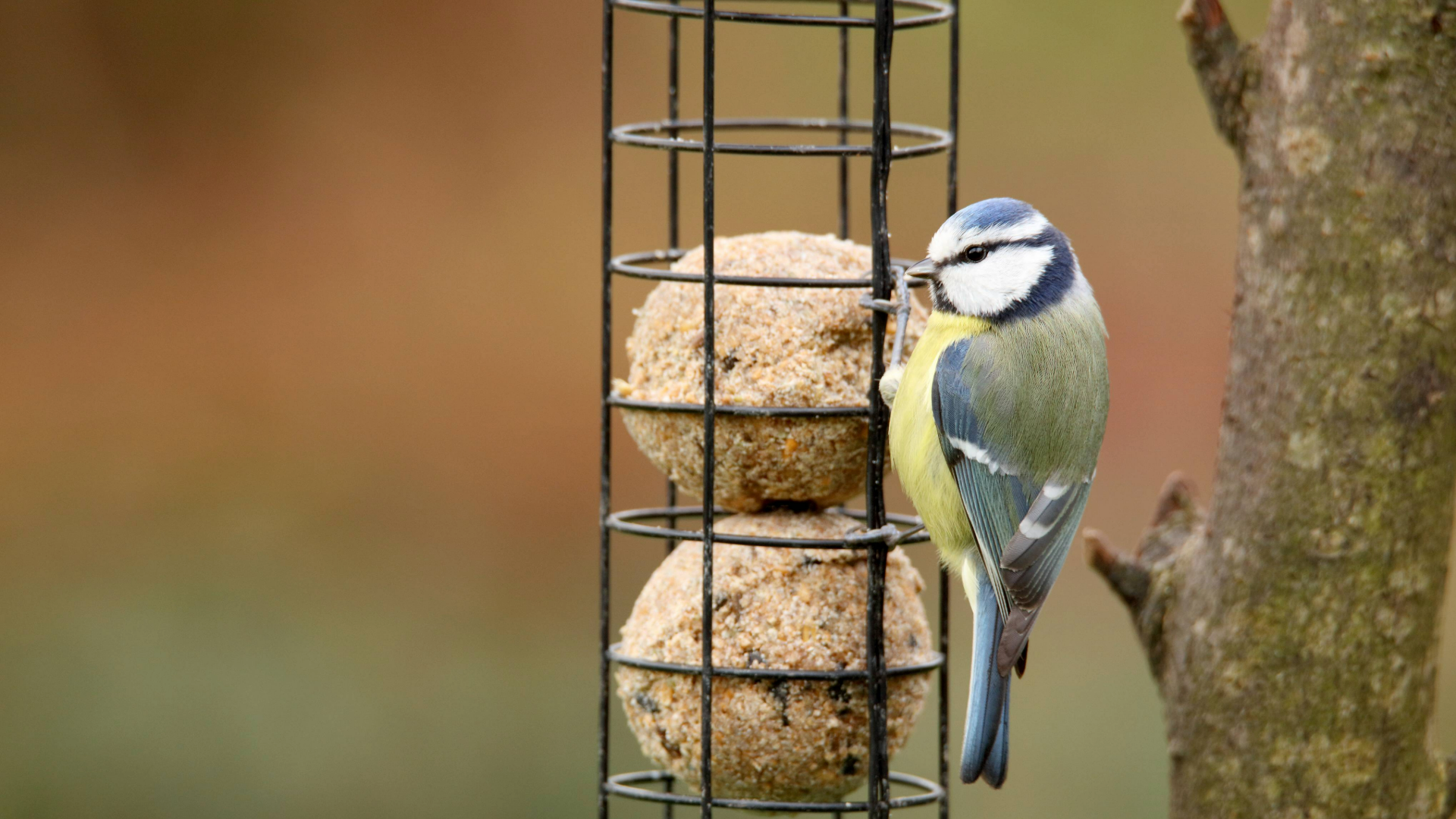
5. Provide natural foraging opportunities
Some birds just aren’t that keen on feeders, and that’s ok. Try providing natural foraging opportunities by creating micro-habitats in your garden. They really can be ‘micro’ – a couple of sunflowers left to go to seed will be a favorite with seed-eating birds, while an old tin tub turned into a pond will attract insects, and then the insect-eating birds.
A pile of old logs and sticks creates a great habitat for snails, and attracts snail-eaters. And, trust me, there’s something more exciting about watching these birds foraging for real rather than eating at the bird feeder!
6. Give them somewhere to bathe
A pond or a bird bath gives birds somewhere to drink and bathe, encouraging them to spend more time in your garden. Don’t forget, birds like dust baths too – leave a patch of bare earth, or put a large, flat bowl of dry, sandy soil in the sun where they can clean the oil from their feathers.
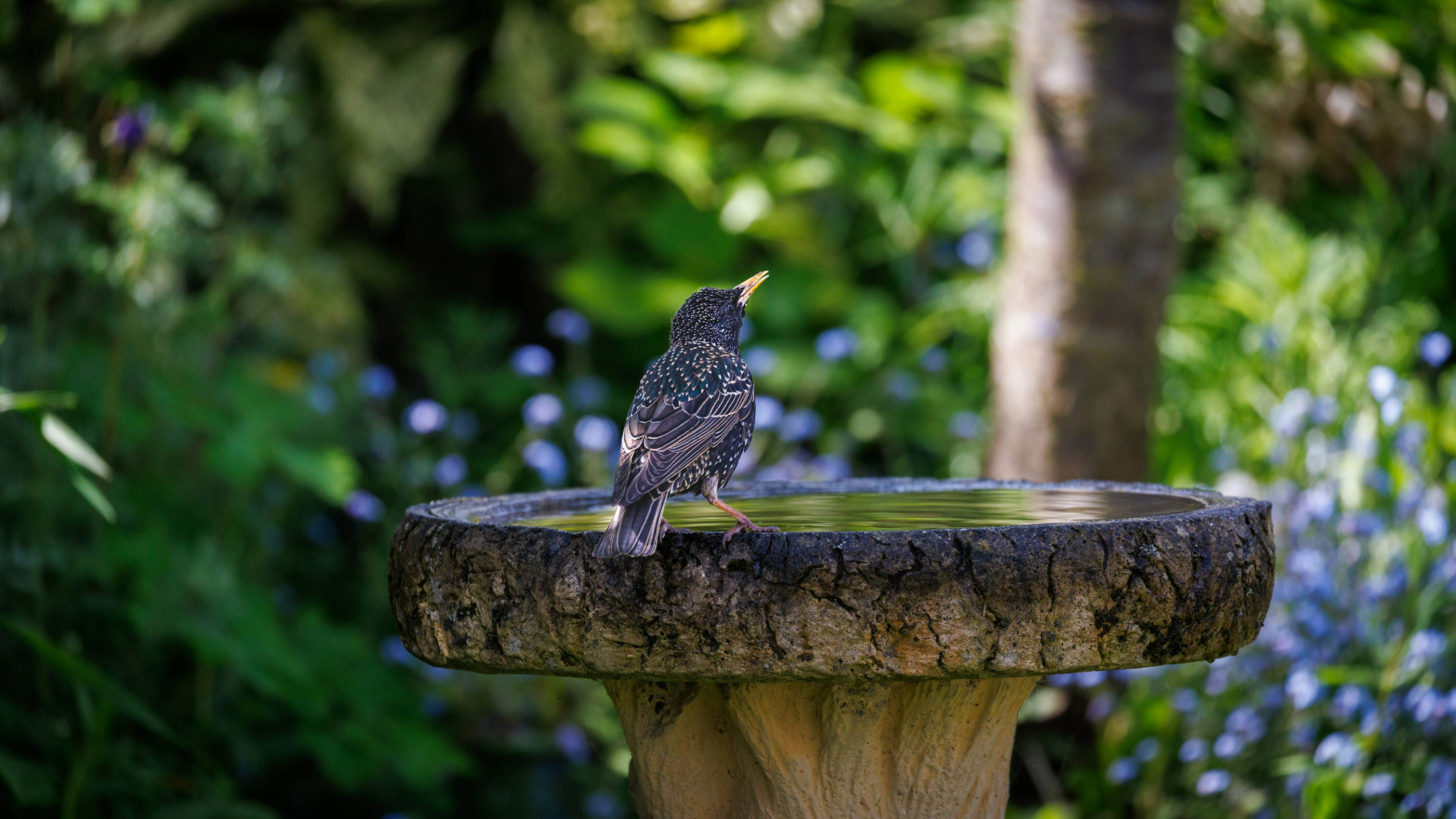
7. Try some running water or a fountain
Birds seem to also be attracted to the sound and sight of running water, possibly because it’s less likely to be stagnant and is therefore healthier to drink. If you can build a little stream and pump, it’s well worth it. If not, a solar-powered fountain can be a good investment (like this one on Amazon).
8. Provide nesting boxes (of various types)
If you want to see those adorable baby birds attempting to fly and learning to eat from the feeder, you’ll need nest boxes nearby. There are various styles for various species, but to start with you should try to get boxes for birds you know are nearby.
Pay attention to where you hang them – most birds want their nest to be hidden out of sight and with plenty of shelter nearby. A tree or a wall behind a bush are good options, depending on the species.
9. Help them find suitable nesting material
It’s become really popular to put nesting material out to help birds. However, it turns out that a lot of what we’re putting out is actually harmful. Don’t put out hair – pet or human – as scents from shampoos and chemical residues can be harmful to the birds.
Long threads should be avoided – they can tangle and tighten around limbs, restricting blood flow. Similarly, don’t put out yarn unless you’re 100% sure it’s wool, not acrylic – the birds don’t need more plastic in their nests!
The best nesting materials are natural – you could encourage moss to grow, or keep some when you scarify your lawn and put it in a suet feeder, along with twigs, dried leaves, and lawn clippings when you start to tidy your yard. Try to leave some areas less tidy too so birds can forage for their own nesting material.
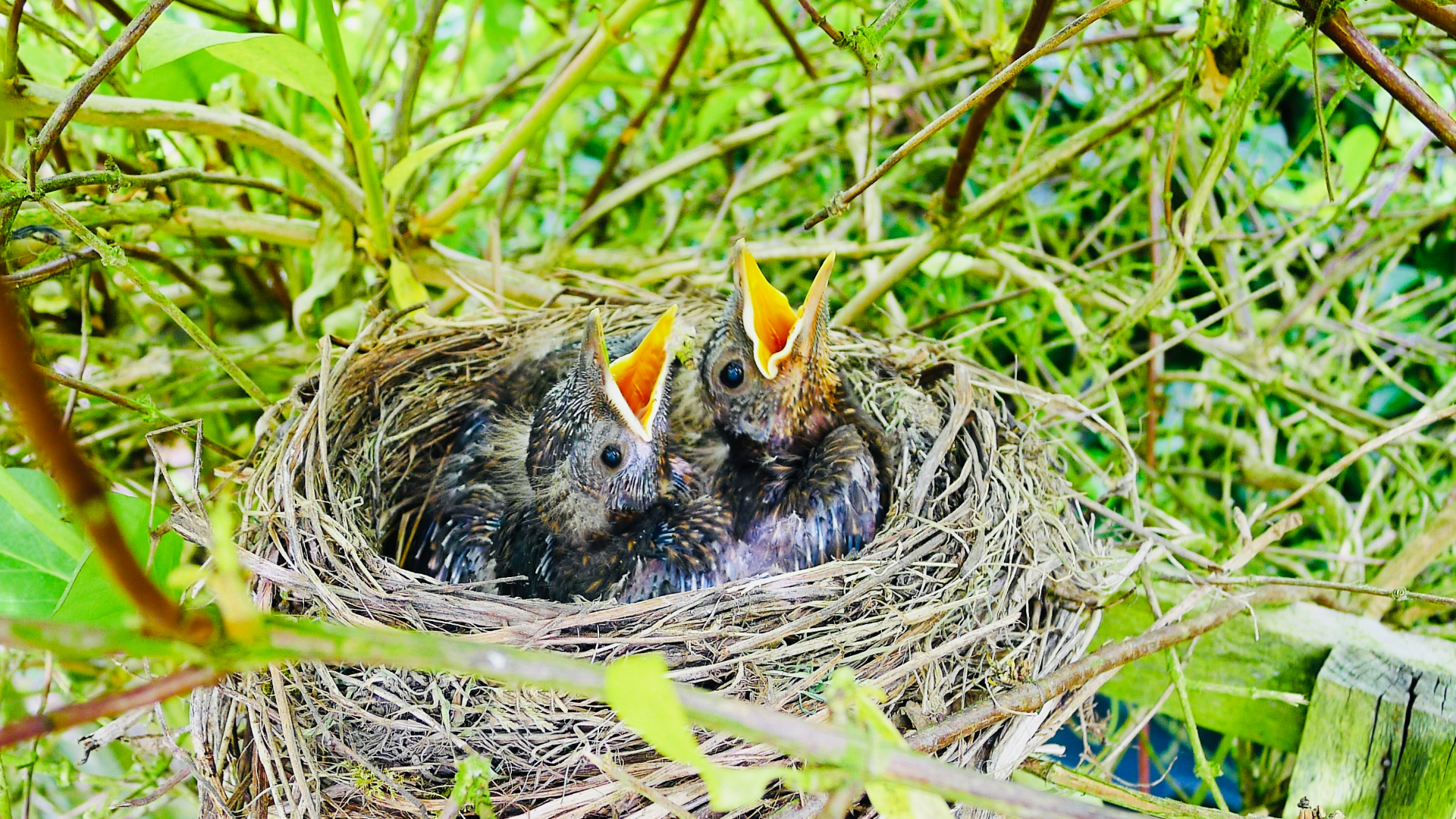
10. Provide shelter and safe spaces
It’s a scary life, being a bird. Just about everything is bigger than you and plenty is out to get you. The best gardens, therefore, are the ones with plenty of hiding spots.
A bare lawn might be nice to us humans, but birds prefer a garden with plenty of trees, bushes, and large plants to flit between. Planting lots close together, and leaving some areas to grow more wild, can encourage birds to visit your garden.
11. Keep your cats and dogs inside more
If you’re a pet owner, they might be having a profound impact on your local wildlife. Even if you’ve never seen evidence of hunting, their very presence will be putting birds off visiting. (I’m pretty sure my terrier is the main reason birds don’t visit my garden – she chases them and barks in frustration if she can’t reach them).
For dogs, you could stop free access outside, and don’t let them out at key feeding times (e.g. early morning).
For cats used to going out, it can be stressful to change their habits – you could try keeping them as indoor-only if you think your cat won’t mind, or maybe build a ‘catio’ – an outdoor enclosure for them to enjoy, leaving the rest of the garden to the birds.
Birdwatching in your garden is a lovely way to spend the time, and it can come with a real sense of pride when you see birds opting to spend their time in the environment you so lovingly create for them.
To attract more birds to your garden this spring, make sure you buy the best bird food, and provide it in a range of feeders dotted about. Don’t forget they need water to drink and bathe in too.
And it can be well worth letting some areas of your garden grow a little wild – nature will thank you, and in turn you get to spend less time keeping things clear and more time watching the birds.
Found this helpful? Read: Tips for taking care of wild birds and How to keep squirrels out of your bird feeder.

After graduating as a vet from the University of Nottingham, Joanna went on to practice companion animal medicine in the Midlands. She quickly developed a love of consulting and helping clients with medical problems such as dermatology, behavior and nutrition - anything that involved helping clients understand their pets better.
Edited by Megan Milstead.
Recent updates
This page was last updated in March 2025 by Joanna Woodnutt.
PetsRadar Newsletter
Get the best advice, tips and top tech for your beloved Pets
After graduating as a vet from the University of Nottingham in 2016, Dr. Joanna Woodnutt went on to practice companion animal medicine in the Midlands. She quickly developed a love of consulting and helping clients with medical problems such as dermatology, behavior and nutrition - anything that involved helping clients understand their pets better.
Jo started writing about pet health in 2017, realizing that it meant she could help even more pet parents. Since then, she has written for countless online and print publications and is a regular contributor for Edition Dog Magazine. Jo is the director of The Veterinary Content Company, which she founded in 2020. She is also the founder of Petlearnia, a platform that provides pet e-learning courses for pet parents.
Jo now lives in the Channel Islands with her husband Ian and terrier Pixie.
